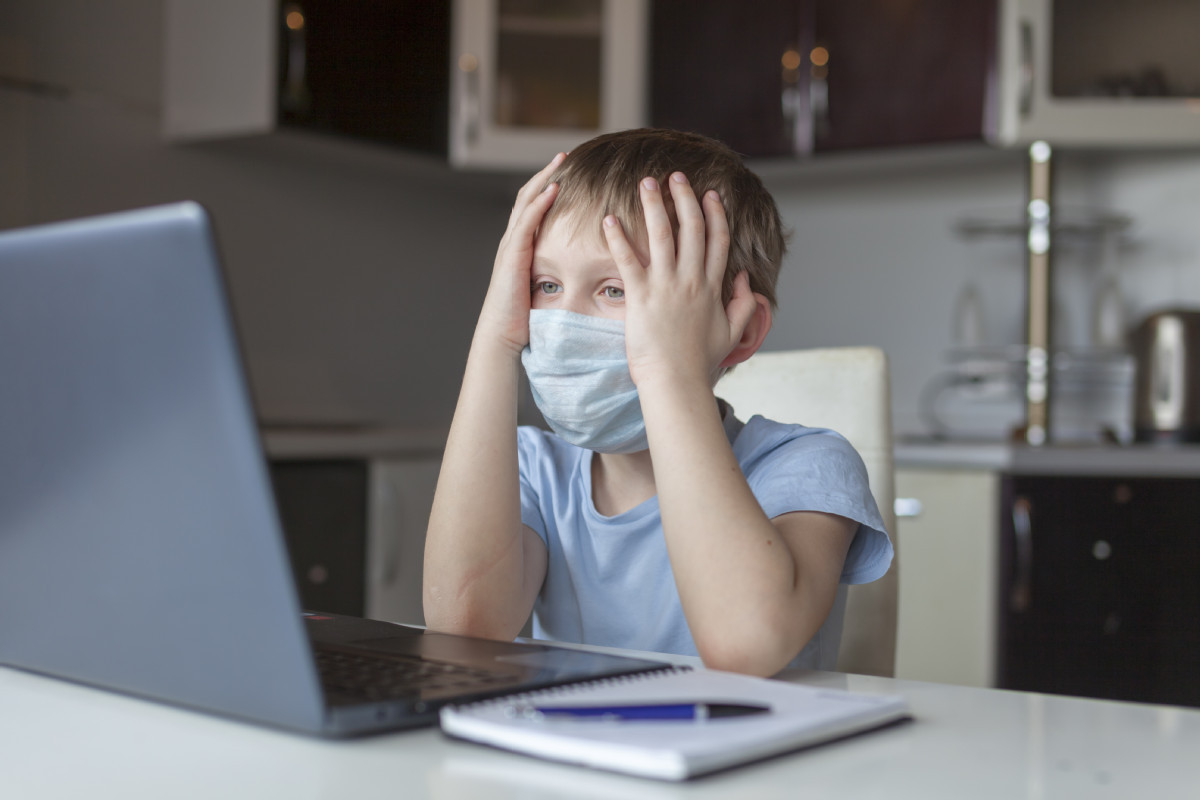US study: Depression 'escalating public health crisis'
By ZHAO HUANXIN in Washington | chinadaily.com.cn | Updated: 2022-09-19 12:07

Nearly 1 in 10 Americans and almost 1 in 5 adolescents and young adults reported having depression in 2020, but most of the victims were not seeking help, resulting in an "escalating public health crisis" that needs urgent intervention, researchers said in a new study.
Drawing data from the 2015-2020 National Survey on Drug Use and Health, a nationally representative study of US individuals age 12 years and older, researchers found that 9 percent of Americans experienced a past-year major depressive episode, confirming increases in depression from 2015 to 2019, which stood at 6.6 percent and 7.3 percent, respectively.
Major depression is the most common mental disorder in the US and is the strongest risk factor for suicidal behavior, the researchers wrote in the study to be published in the American Journal of Preventive Medicine on Monday.
The depression prevalence is particularly high among adolescents and young adults: slightly more than 17 percent for people age 18-25, and 16.9 percent for adolescents age 12 to 17 in 2020. However, depression prevalence did not change among adults age 35 and over.
The prevalence of major depressive episode was higher among adolescent females (25.2 percent) compared with males (9.2 percent). It was the highest among adolescents reporting two or more races (29.9 percent), according to a National Institute of Mental Health analysis of the 2020 data.
"Statistically, something that occurs among 10 to 20 percent of a population is a major health crisis," Renee D. Goodwin, the lead author of Trends in US Depression Prevalence from 2015 to 2020: The Widening Treatment Gap, told China Daily.
The study findings reflect a public health crisis that was intensifying in the US even before the onset of the pandemic, noted Goodwin, an adjunct professor in the Department of Epidemiology at Columbia Mailman School of Public Health and professor of epidemiology at The City University of New York.
"Our results showed most adolescents with depression neither told or talked with a healthcare professional about depression symptoms nor received pharmacologic treatment from 2015 through 2020," Goodwin said.
In 2020, 40.1 percent of adolescents age 12 to 17 years spoke with a health professional about their depression or received prescription medication.
For the overall population, the percentage of those with depression who reported speaking with a medical professional about or receiving medication for depression did not change appreciably from 2015 to 2019 and remained low, below 6 percent in 2020, the study found.
The net effect of these trends suggests an accelerating public health crisis and that parity and public-service announcement efforts have not achieved equity in depression treatment, noted the researchers.
"The elevated level and concentration of untreated depression among adolescents and young adults are especially problematic because untreated depression early in life is predictive of an increased risk of subsequent additional mental health problems," said Goodwin.
"The short- and long-term consequences of the pandemic on depression are not yet clear, but these estimates are a requisite starting point for quantifying the mental health impact of the pandemic," she added.
The researchers noted that severe shortages of psychiatrists — particularly child and adolescent psychiatrists — exist in many US states and are concentrated in racial/ethnic minority communities, or areas with a lower socioeconomic status.
For instance, reports indicate that there are 30 psychiatrists per 100,000 people in Massachusetts versus 5.3 per 100,000 in Idaho, they wrote in the article.
"We need to really take a systematic approach to making treatment available and affordable for the people who need it," said Goodwin. "There are still the lack of parity and reimbursements even if you have insurance, and there's still also a lot of stigma about mental health."
In 2020, depression increased among those younger than 35 years, among those who never married (after adjusting for age), and among those with at least a high school diploma, according to the study.
Considering income, the highest prevalence of depression was evident among those with the lowest household income, whereas those with the highest household income exhibited the lowest prevalence of depression.
























